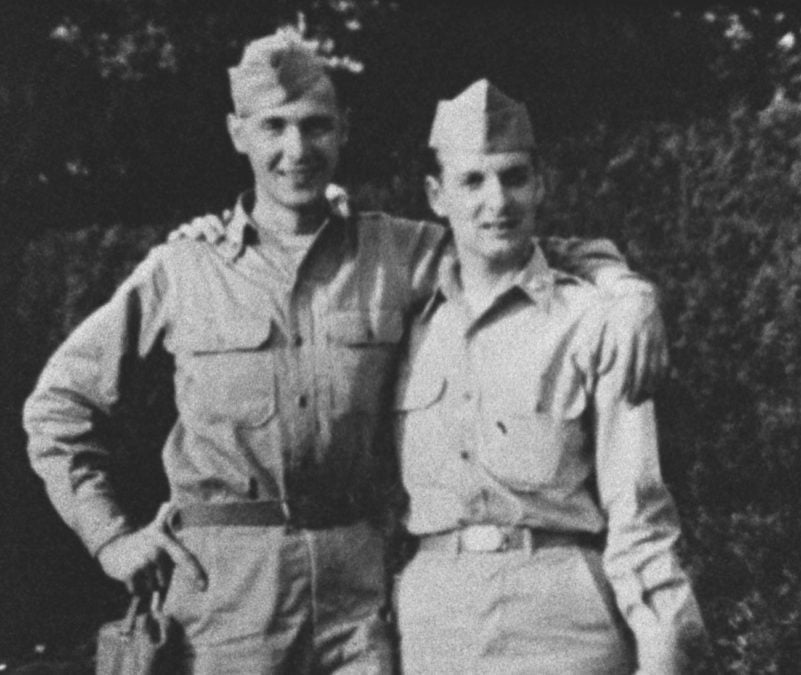June 28th marks the 50th anniversary of what’s now called the Stonewall Riots, when police raided a Greenwich Village gay bar, the Stonewall Inn, in New York City.
This harassment, routine for the time, faced unexpected, at times violent, resistance from the patrons. It led to a few nights of large, spontaneous protests, with a couple thousand people massing on the streets.
Stonewall Uprising
This event, almost unreported in the media at the time, helped sparked a sea change for America’s, and the world’s LGBT communities. Within the year, a political movement emerged, with Gay Liberation Fronts forming in many cities, leading marches and demonstrations, and a cultural transformation had begun.
Stonewall wasn’t the only cause of this change. There had been sparks of real resistance before, most of us just never knew about them.
Black Cat protests
From the organized protests at Silver Lake’s Black Cat in 1967 Los Angeles to the Compton Cafeteria riot in 1967 in San
Francisco where transgender customers acted up, change was clearly on the horizon.
When the Stonewall patrons fought back in 1969, things reached a real and symbolic turning point.
‘Work for a Million,’ pioneering lesbian pulp fiction, gets graphic novel makeover
Discovering gay history
I came of age just after this dramatic, historic event, a child of the 1960s, with both myself and this new movement for change closely entwined with the currents of the women’s, civil rights, anti-war, and counter cultural youth movements of the time.
The history of those women and men who loved each other, made love to each other, sought community with each other, even struggled for their own rights against all odds, before Stonewall, was right there in front of us, albeit hidden in many ways.
I was curious and lucky enough to slowly discover some of that history through early Gay Liberation writings such as Dennis Altman’s pioneering synthesis of both the scholarly and the personal published in 1971, “Homosexual: Oppression and Liberation,” and critical classics from another time, such as the 1928 lesbian novel “The Well of Loneliness” by Radclyffe Hall, and the prescient 1960s novels from Christopher Isherwood like “A Single Man.”

Two World War II soldiers are featured in “Before Stonewall,” a documentary that looks at LGBTQ life in the 1940s, 50s, and 60s. Photo: Courtesy of First Run Features.
Harry Hay, Mattachine Society
It wasn’t until one day after college, though, that I read a couple of very long feature stories in the alternative press about the history of gay political organizing back to the 1950s that a light bulb went off inside my head — There was a community that existed in the past, with active resistance, with a deep culture, and human beings who had stories to tell. A key part of this story, too, was L.A.-centric, with Harry Hay and his compatriots founding the discreet, small, yet daring Mattachine Society activist group in a house, also in Silver Lake, in 1950.
As a young, emerging filmmaker, all I could think about for a few years was what an amazing documentary this could be, bringing these stories to the big screen.
“Before Stonewall” opens June 28th at the Laemmle Ahrya Fine Arts in Beverly Hills.
